Are You Ready For: Cars That Get Inside Your Head?
Google’s autonomous cars have already shown how close vehicles are to driving themselves in day-to-day traffic, but there’s still one uncontrollable, unpredictable, and often-irrational variable that autonomous cars still struggle to cope with: you, me and all the other haphazardly-programmed human beings on the road. And though predicting human behavior might be one of the most difficult tasks for a human-programmed computer, researchers at MIT are already digging into the challenge. Using model cars (one autonomous, one human-controlled) on overlapping tracks, 97 out of 100 laps avoided collision. But not all of those laps fell into the near-collision “capture set”… which, as it turns out, is what makes the human threat to autonomous cars so challenging.
According to [MIT Mechanical Engineering Professor Domitilla] Del Vecchio, a common challenge for ITS developers is designing a system that is safe without being overly conservative. It’s tempting to treat every vehicle on the road as an “agent that’s playing against you,” she says, and construct hypersensitive systems that consistently react to worst-case scenarios. But with this approach, Del Vecchio says, “you get a system that gives you warnings even when you don’t feel them as necessary. Then you would say, ‘Oh, this warning system doesn’t work,’ and you would neglect it all the time.”
That’s where predicting human behavior comes in. Many other researchers have worked on modeling patterns of human driving. Following their lead, Del Vecchio and Verma reasoned that driving actions fall into two main modes: braking and accelerating. Depending on which mode a driver is in at a given moment, there is a finite set of possible places the car could be in the future, whether a tenth of a second later or a full 10 seconds later. This set of possible positions, combined with predictive models of human behavior — when and where drivers slow down or speed up around an intersection, for example — all went into building the new algorithm.
The result is a program that is able to compute, for any two vehicles on the road nearing an intersection, a “capture set,” or a defined area in which two vehicles are in danger of colliding. The ITS-equipped car then engages in a sort of game-theoretic decision, in which it uses information from its onboard sensors as well as roadside and traffic-light sensors to try to predict what the other car will do, reacting accordingly to prevent a crash.
When both cars are ITS-equipped, the “game” becomes a cooperative one, with both cars communicating their positions and working together to avoid a collision.
Read the theory and preliminary experimental results from the MIT research in PDF format here, or read more of MIT’s news write-up here.
More by Edward Niedermeyer
Latest Car Reviews
Read moreLatest Product Reviews
Read moreRecent Comments
- Kjhkjlhkjhkljh kljhjkhjklhkjh Pay money to be inundated in Adverts for a car that breaks when you sneeze? no
- Laflamcs My wife got a new 500 Turbo in 2015. Black exterior with an incredible red leather interior and a stick! The glass sunroof was epic and it was just about the whole roof that seemed to roll back. Anyway, that little bugger was an absolute blast to drive. Loved being run hard and shifted fast. Despite its small exterior dimensions, one could pile a lot into it. She remember stocking up at COSTCO one time when a passerby in the parking lot looked at her full cart and asked "Will it all fit?" It did. We had wonderful times with that car and many travels. It was reliable in the years we owned it and had TONS of character lacking in most "sporty" car. Loved the Italian handling, steering, and shift action. We had to trade it in after our daughter came along in 2018 (too small for 3 vacationers). She traded it in for a Jeep Renegade Latitude 6 speed, in which we can still feel a bit of that Italian heritage in the aforementioned driving qualities. IIRC, the engine in this Abarth is the same as in our Renegade. We still talk about that little 500..........
- Rochester If I could actually afford an Aston Martin, I would absolutely consider living in an Aston themed condo.
- Redapple2 I ve slept on it. I would take one on a 3 yr lease for $199/mo- ($1000 down total). Evil gm Vampire gave me this deal in 2012.
- 3SpeedAutomatic Would prefer a non-turbo with a stick shift. That would be more fun to drive!!🚗🚗🚗Also, I could teach my nieces and nephews to drive a standard. You'd be surprised how many folks can't handle a stick shift today. Yet, in Europe, most rental cars come with a stick unless you specify otherwise.


















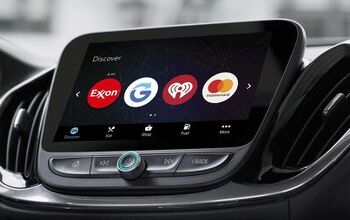


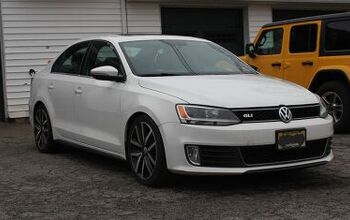
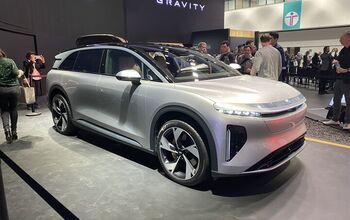


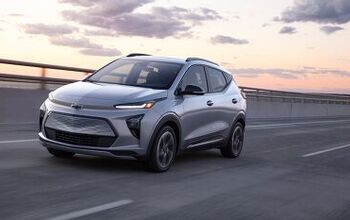
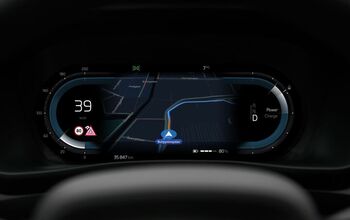
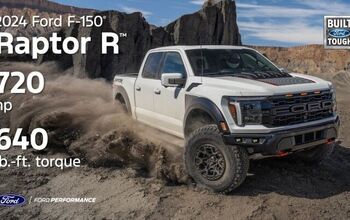

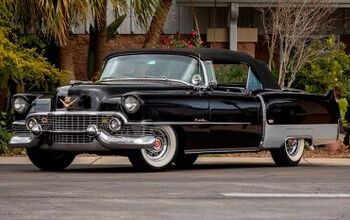
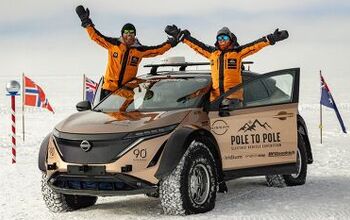
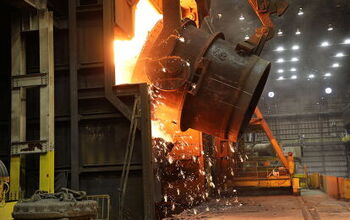

Comments
Join the conversation
Interesting article on this topic in Scientific American: http://www.scientificamerican.com/article.cfm?id=google-driverless-robot-car Seems we're a long way off from self-driving cars.
Unfortunately for me, I have to be at the office due to the fact that's where all our equipment is to be able to accomplish what I do and that is cutting physical paperboard structures and to be able to fulfill sample requests that come up rather suddenly when a customer or salesman calls and has an issue that needs to be resolved quickly. 100-mile daily commute, here I come! Beloved 2004 Impala, don't fail me now!